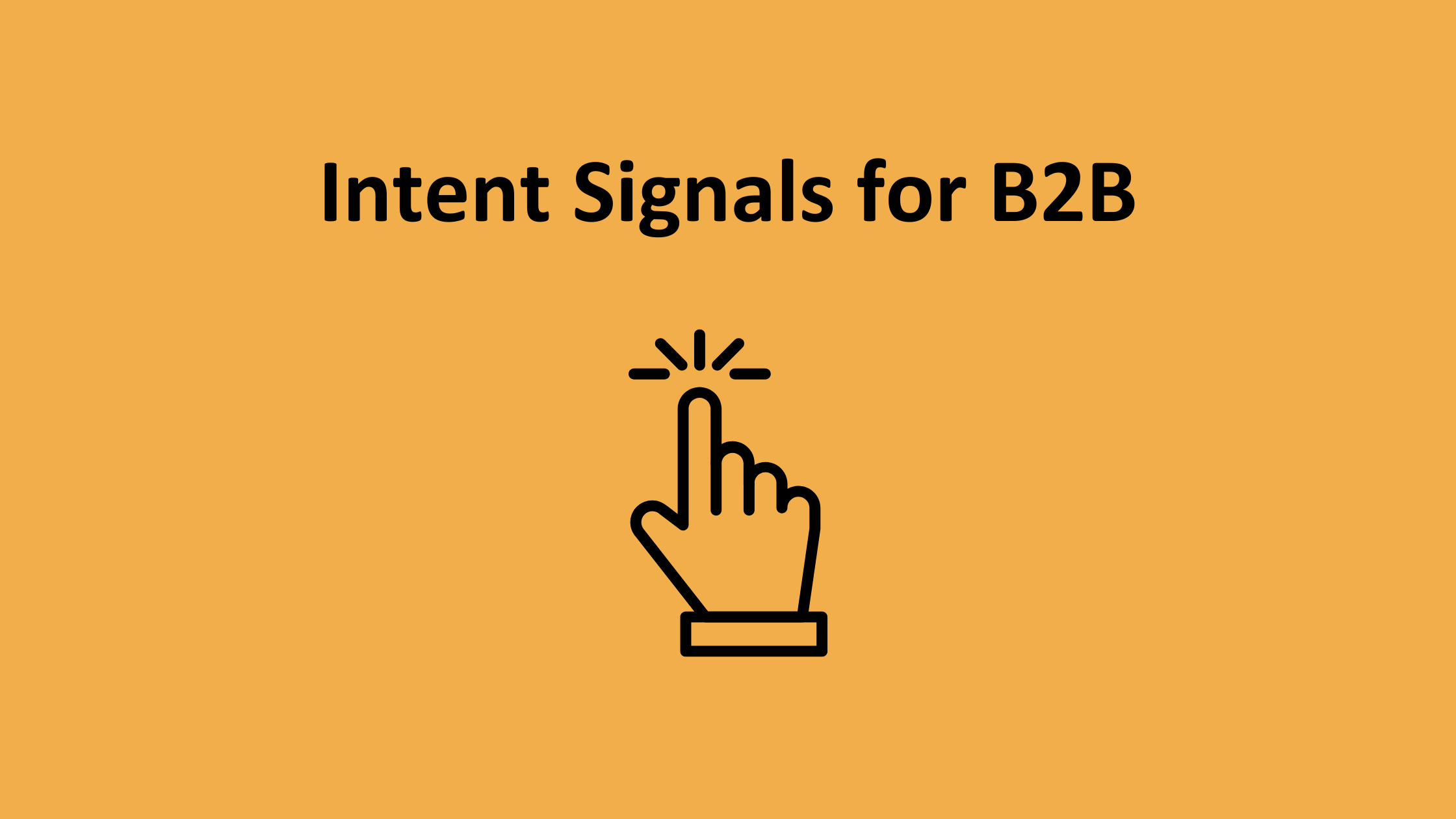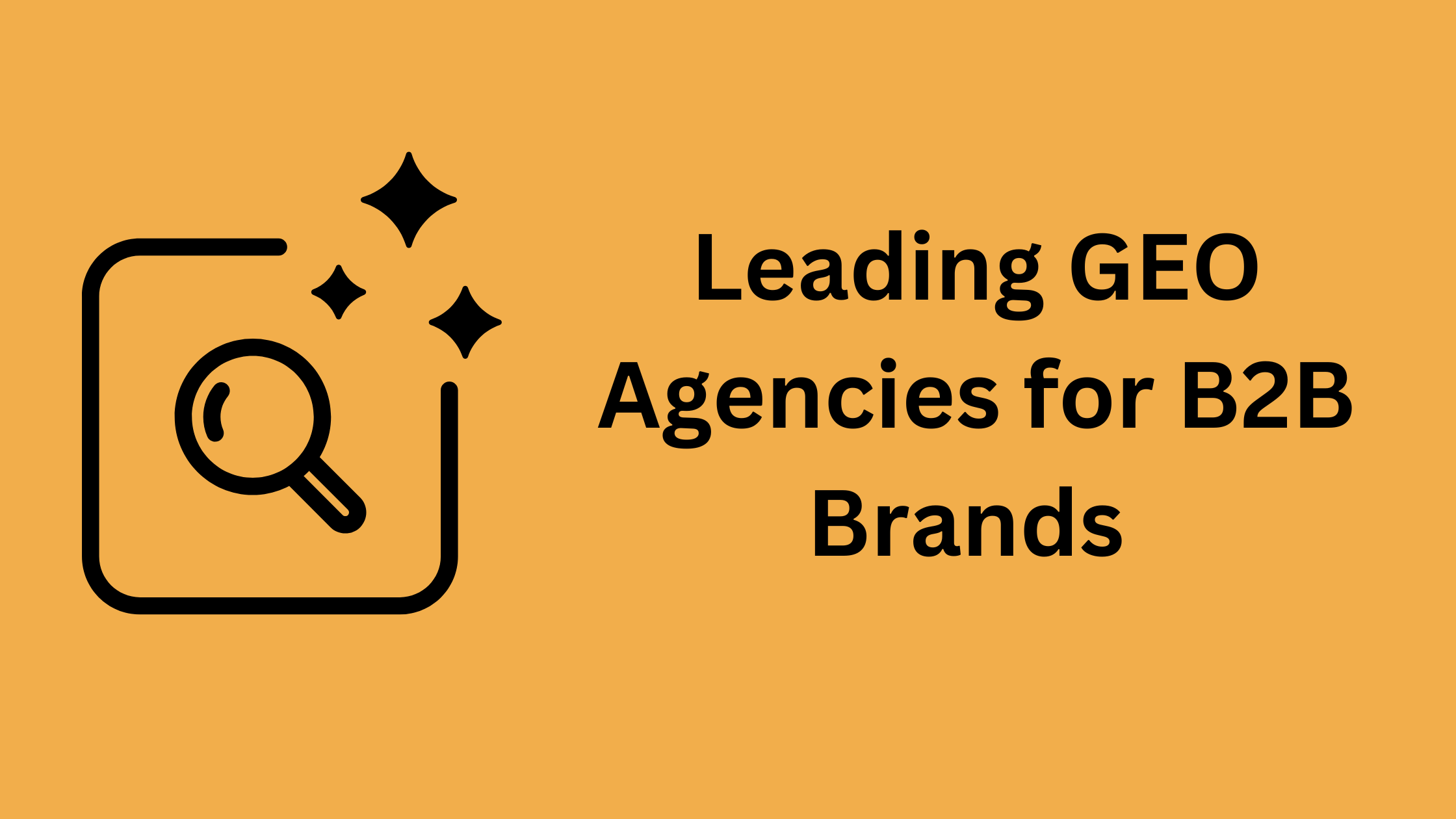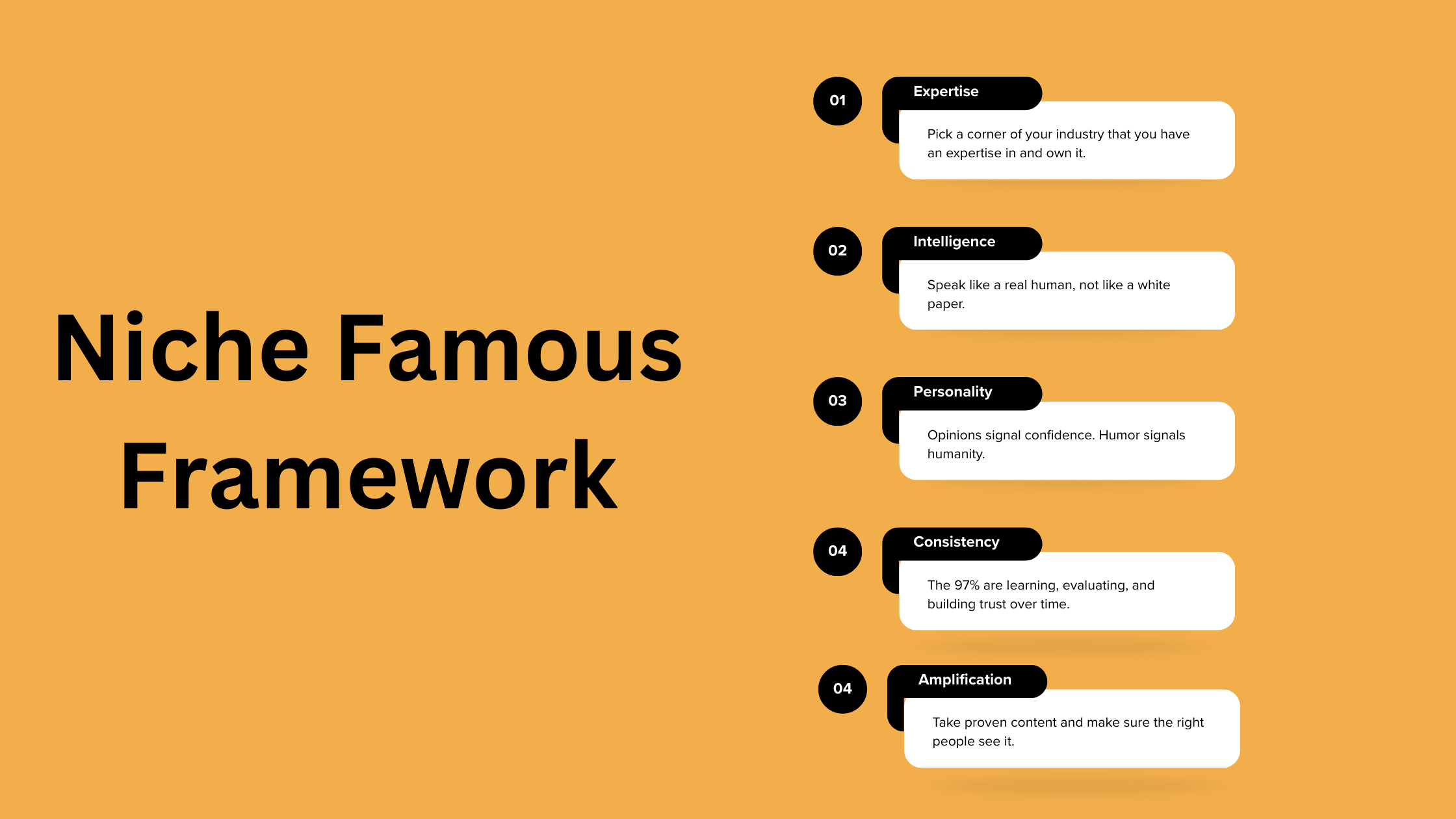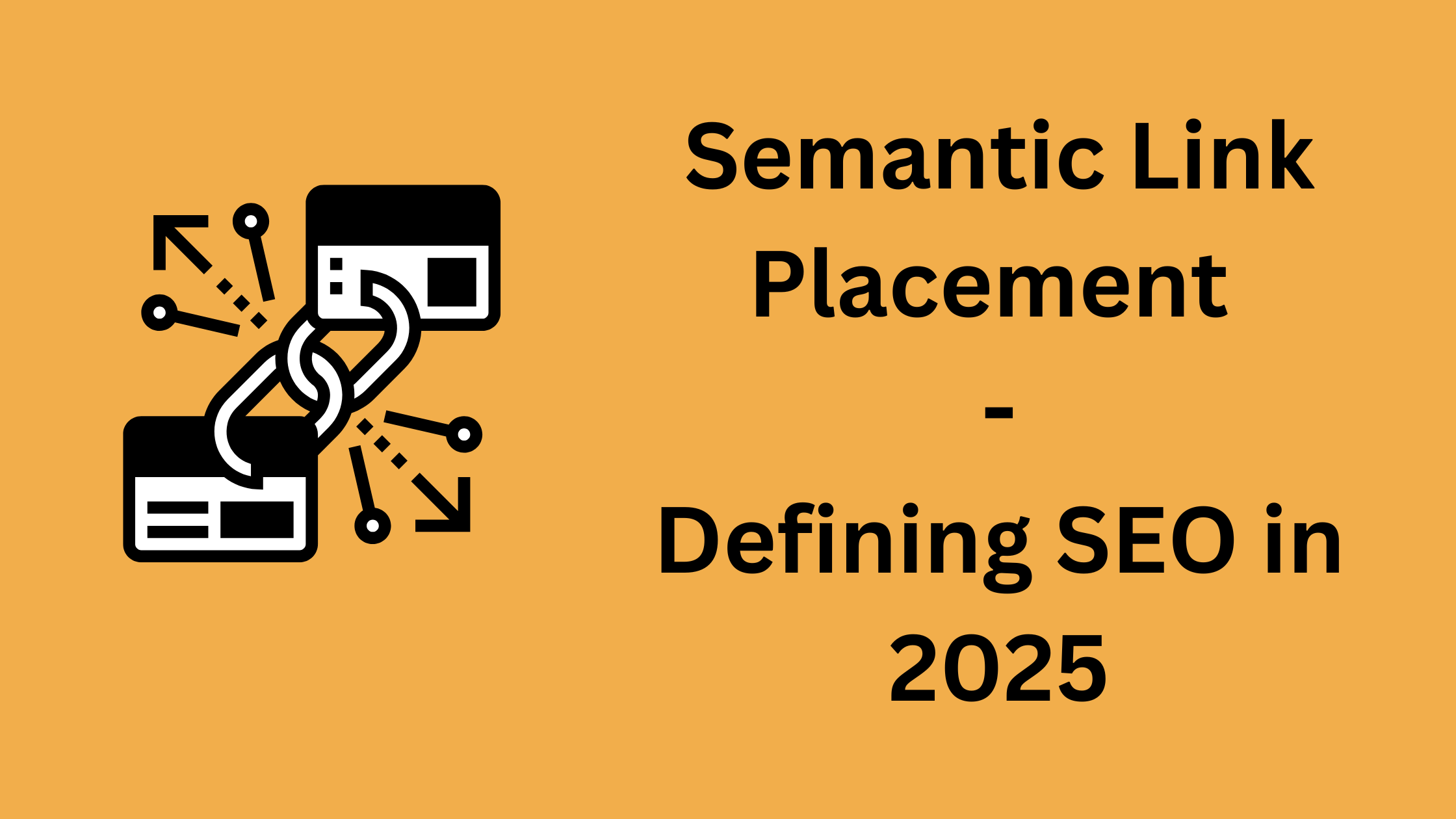Every missed signal is definitely a missed opportunity, and businesses nowadays can not afford to lose these signs. B2B deals can come and go but high-valued ones can cost you.
Most buyers don’t wave a flag when they’re in-market. What they do is that they drop subtle breadcrumbs along their journey. These are the intent signals.
Understanding and leveraging these signals is the key to identifying real buying opportunities before your competitors do. This guide breaks it all down.
What Are Intent Signals?
Ιntent signals help you figure out who is looking, what they’re looking for, and when they might be ready to buy. All these without relying solely on direct contact.
These signals can be:
- Interactions with your brand,
- Research activities across the web,
- Engagement with competitors or category content,
- Company-level movements and investments.
Intent signals are observable behaviors that indicate a potential buyer’s interest in a product, service, or solution.
For B2B marketers and sales teams dealing with large deals, this knowledge is pure gold, as it allows you to prioritize the right accounts, tailor outreach to actual needs and shorten sales cycles.
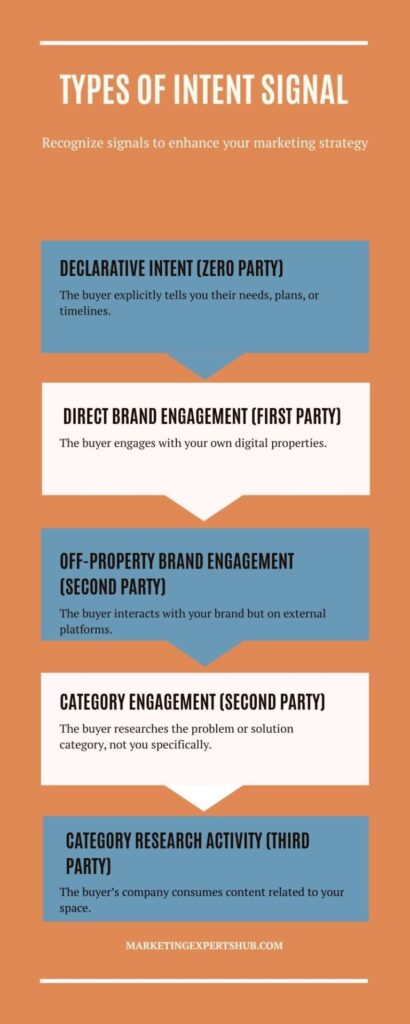
Putting it simply…
…there are 6 types of signals, which are basically a combination of them that, together, complete the picture for the buyer. Bellow a simple framework to help you understand the most common types:
1. Declarative Intent (Zero Party)
What it is: The buyer explicitly tells you their needs, plans, or timelines.
Example: “We’re exploring vendors for a Q4 rollout.”
Where it shows up: Demo forms, live chats, sales calls.
2. Direct Brand Engagement (First Party)
What it is: The buyer engages with your own digital properties.
Example: Visits pricing page, downloads a whitepaper, starts a trial.
Where it shows up: Website analytics, CRM.
3. Off-Property Brand Engagement (Second Party)
What it is: The buyer interacts with your brand but on external platforms.
Example: Likes your LinkedIn post, reads your G2 reviews.
Where it shows up: Social media, review sites.
4. Category Engagement (Second Party)
What it is: The buyer researches the problem or solution category, not through your own properties specifically.
Example: Engages with competitor content, reads industry comparisons, visits UGC forums like Reddit.
Where it shows up: Industry forums, competitor sites, marketplaces.
5. Category Research Activity (Third Party)
- What it is: The buyer’s company consumes content related to your space.
- Example: Downloads reports from 3rd party publishers.
- Where it shows up: Publisher networks, intent data providers, AI Chatbots.
6. Company Investment Activity (Third Party)
- What it is: The company itself signals strategic moves in your space.
- Example: Announces investments, a new division or key hire in your industry.
- Where it shows up: Press releases, job boards, news.
By the way, intent signals are being used for ABM marketing too.
How to Use Intent Signals in B2B Marketing
So, what do we do with them and how can we act with intent signals in B2B Marketing, as their value increases only if you know your next steps with them. As promised, here some ways of how to turn these signals into sales acceleration:
1. Prioritize Accounts
Start by prioritizing accounts that are actively showing intent, rather than relying solely on those that fit your Ideal Customer Profile (ICP).
While ICP provides a static framework, intent data adds a dynamic layer that reveals who’s actually in-market. For example, if you’re targeting 10 accounts but only 3 exhibit clear intent signals, those 3 should become your immediate focus, ensuring your resources are aligned with real-time buyer behavior.
2. Personalize Outreach
Personalize your outreach based on the type of intent signal, as it reveals where the buyer is in their journey. Early-stage signals call for educational content to build awareness. Mid-stage signals suggest the buyer is evaluating options, making it the right time to offer comparison guides.
Late-stage signals indicate readiness to buy, so it’s best to initiate direct sales engagement or schedule a product demo. Matching your message to the buyer’s stage increases relevance and accelerates movement through the funnel.
Again, the type of signal tells you where they are in their journey:
- Early-stage: Serve educational content.
- Mid-stage: Offer comparison guides.
- Late-stage: Trigger sales engagement or product demos.
3. Align Sales & Marketing (True ABM)
To implement true Account-Based Marketing (ABM), align sales and marketing teams around the same intent insights. Marketing’s role is to warm the account through targeted content and engagement, while sales steps in at the optimal moment, triggered by real-time behavioral signals. This coordination ensures a seamless handoff, maximizes conversion potential, and avoids premature or misaligned outreach.
- Ensure both teams are working from the same intent insights.
- Marketing warms the account, then Sales engages at the right moment (based on real-time behavior).
Check the top ABM Tech Stack Tools here.
4. Monitor and Nurture
Not every intent signal indicates immediate buying readiness. That’s why it’s crucial to continuously monitor and nurture leads over time. By tracking how intent signals evolve (such as increasing content engagement or repeat visits) you can identify when a previously cold or dormant lead becomes sales-ready. This long-game approach ensures you don’t overlook future opportunities while focusing on those ready to act now.
- Not every signal means “ready to buy now”. Keep that in mind.
- Track progression of signals over time to identify when a dormant lead becomes a hot lead.
5. Score & Automate
Develop an intent scoring model that combines multiple types of signals to help prioritize which accounts deserve immediate attention. By assigning weight to behaviors such as website visits, content downloads, or third-party research activity, you can rank leads based on buying readiness.
Then, use marketing automation to continuously nurture lower-scoring accounts, delivering relevant content until their intent signals indicate they’re ready for direct outreach.
- Build an intent scoring model combining multiple signals to prioritize action.
- Use marketing automation to nurture low-intent signals until they mature.
Tools to Capture Intent Signals
Here are four powerful platforms that can help you tap into intent signals effectively:
| Tool | What It Does |
| RB2B | Provides first-party engagement insights and signal analysis. |
| ZoomInfo | Industry-leading intent data from web activity, news, and firmographic changes. |
| Apollo.io | Combines intent with contact data for precise outreach. |
| 6Sense | An advanced AI-driven ABM platform that detects buying intent and automates engagement. |
Pro Tip: No single tool covers every signal. Combining multiple sources offers a clearer, multi-dimensional view of buyer behavior.
Read the room
When we are talking about high-stake B2B deals, the companies who read the room first, are the ones that will win.
Here, we are not talking about “word in the street says…”. We are talking about what buyers will see before they come and knock on your door before they invest in you. With this kind of information you can (and should) engage with the right message at the right time.
But of course the goal here is to close deals faster and smarter.
If you’re not using intent data today, you’re probably wasting time on the wrong accounts while the real buyers slip away. (Kind of FOMO maybe?).
Specialises in developing and executing communication strategies for companies and organisations, along with what newer technologies can offer (ex. Artificial Intelligence).
With a background of over 10 years in journalism, he brings extensive experience in the publishing sector, spanning both print and digital media.
He holds an MSc in Digital Currencies from the University of Nicosia and a Diploma in Digital Marketing from the Digital Marketing Institute.
Additionally, he holds a Bachelor's degree in Communication and Internet Studies from the Cyprus University of Technology, reinforcing his expertise in media and strategic communication.
- Marios Roussoshttps://marketingexpertshub.com/author/marios-roussos/
- Marios Roussoshttps://marketingexpertshub.com/author/marios-roussos/

